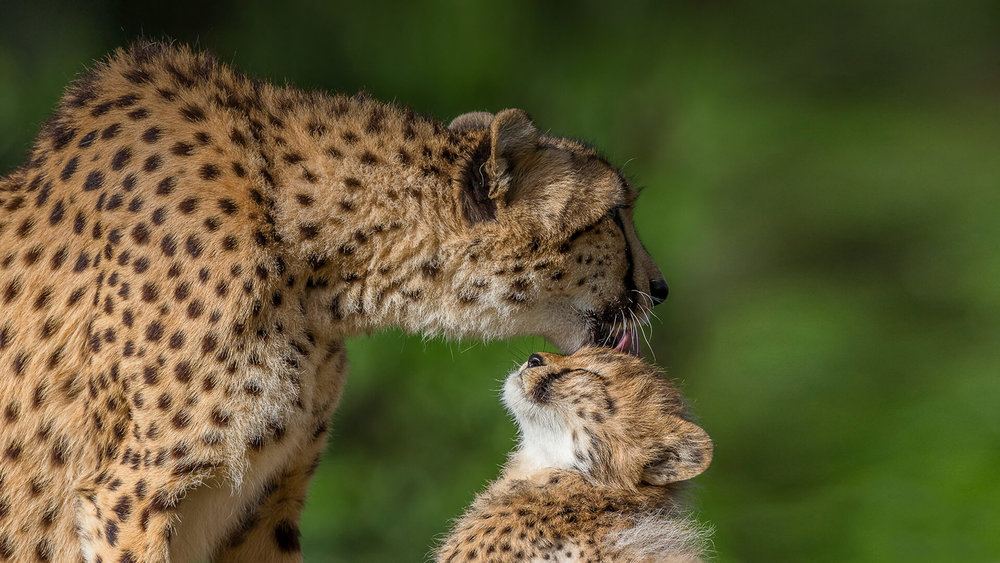Gestational surrogacy an option for Asiatic cheetah breeding

TEHRAN – The Department of Environment (DOE) has considered using gestational surrogacy as an option to breed the endangered species of Asiatic cheetah, deputy environment chief for natural environment and biodiversity directorate has said.
A technique called in vitro fertilization (IVF) now makes it possible to gather eggs from the mother, fertilize them with sperm from the father, and place the embryo into the uterus of a gestational surrogate. The surrogate then carries the baby until birth.
Currently three Asiatic cheetahs (one male and two female cheetahs) are being kept in captivity in Pardisan Park, Tehran, which may undergo artificial insemination in case they fail to conceive naturally, ISNA quoted Hamid Zohrabi as saying on Sunday.
Artificial insemination increases the probability of cheetah impregnation as well as viable offspring, which enhances gene flow between wild cheetahs as well as captive cheetahs, decreasing the negative effects of inbreeding. It also promotes gene flow because this technique allows scientists to breed sexually incompatible cheetahs (zoos).
If the two aforesaid methods have faced failure, it is planned to use an African cheetah as gestational carrier, Zohrabi stated.
While using each of the three methods is associated with risks, each have a 30-precent chance to succeed, he added.
“We might need to capture some of the precious species for genetic sampling, especially in areas where their population has declined to preserve genetic diversity, for instance, in Yazd province,” Zohrabi concluded.
Currently the cheetahs are inhabiting in protected areas in the eastern and central arid regions of Iran, where the human population density is very low. Reduced gazelle numbers, persecution, land-use change, habitat degradation and fragmentation, and desertification contributed to the decline of the cheetah population.
According to Scientific American for numerous reasons, breeding cheetahs is difficult. Because most of the species died leaving only a small number left to repopulate in the wild some 10,000 years ago, unfortunately today’s cheetah population suffers from low genetic diversity.
All living cheetahs are between 5 and 10 percent genetically alike; this similarity manifests itself in poor sperm quality, increased disease susceptibility and high infant mortality. To make matters worse females are picky about which mates they choose and have delicate reproductive cycles.
FB/MQ/MG
